Which Is the Best Wood for a Cutting Board? Exploring Pros and Cons of Wood Types
When it comes to cutting boards, it's often the case that you get what you pay for.
Published June 3 2024, 3:57 p.m. ET
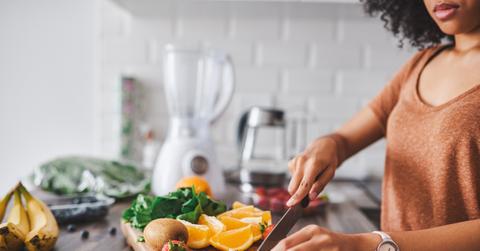
Whether you're preparing to host a party and need a fancy cutting board for your vegan charcuterie board, or you want to make a DIY cutting board sustainably sourced from a material like bamboo that won't crack or warp, choosing the rightwood is a serious endeavor for your long-term investment.
Perhaps a rustic olive wood cutting board is more your style for your upcoming soirée. Will it be the best choice long-term for the knives you received at your housewarming party, though?
With sustainable living and deforestation in mind, let's explore the benefits and the lowlights of different wood types so you can make the best, most informed, and planet-friendly cutting board purchase.
American Walnut cutting boards are the top choice based on several factors.
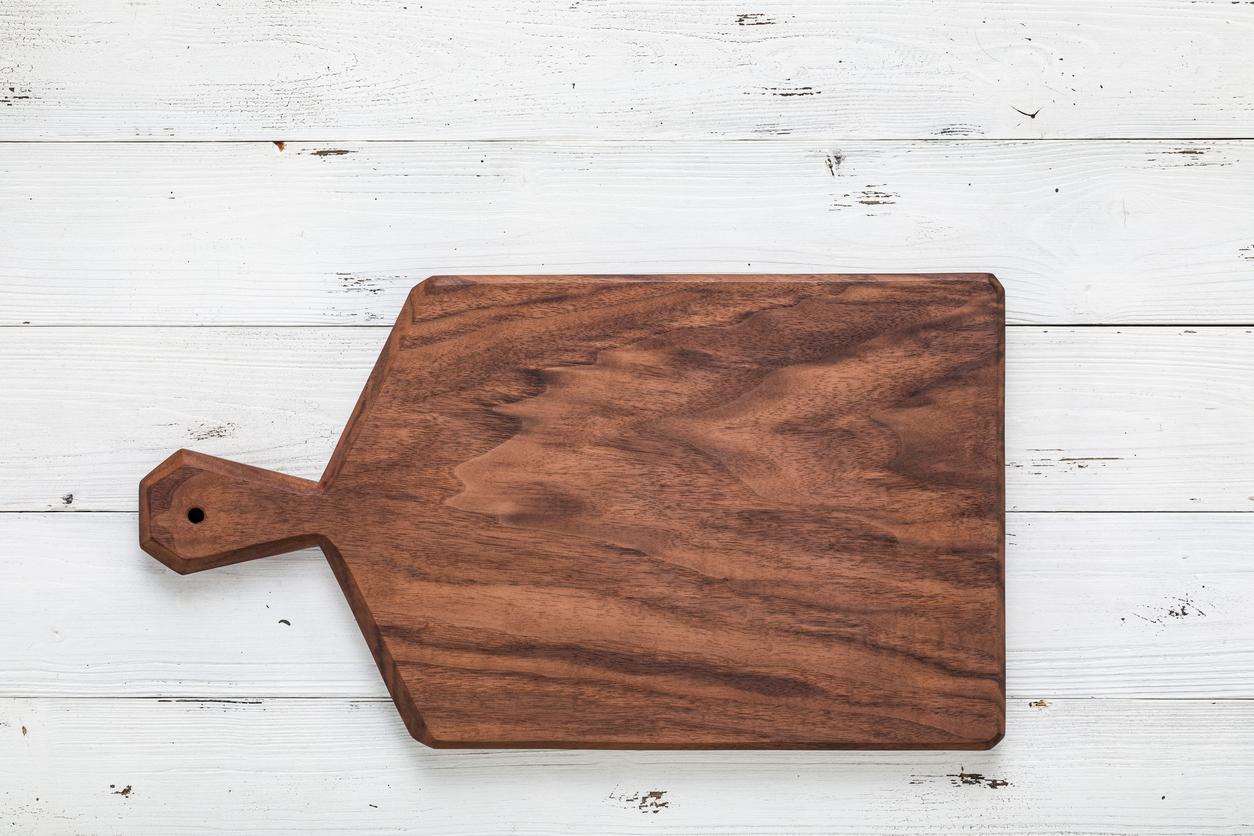
When cutting board company Virginia Boys Kitchens ranked various wood types across a multitude of criteria, including non-toxic materials used, hardness rating, porousness, and sustainability, walnut proved to be the best of all the wood types for cutting boards.
"Walnut wood seasons and conditions easily, and holds its conditioning for months. A walnut cutting board will last you for years if properly cared for," the company said in their review.
Maple wood features a happy medium of strength, scratch resistance, and is usually affordable.
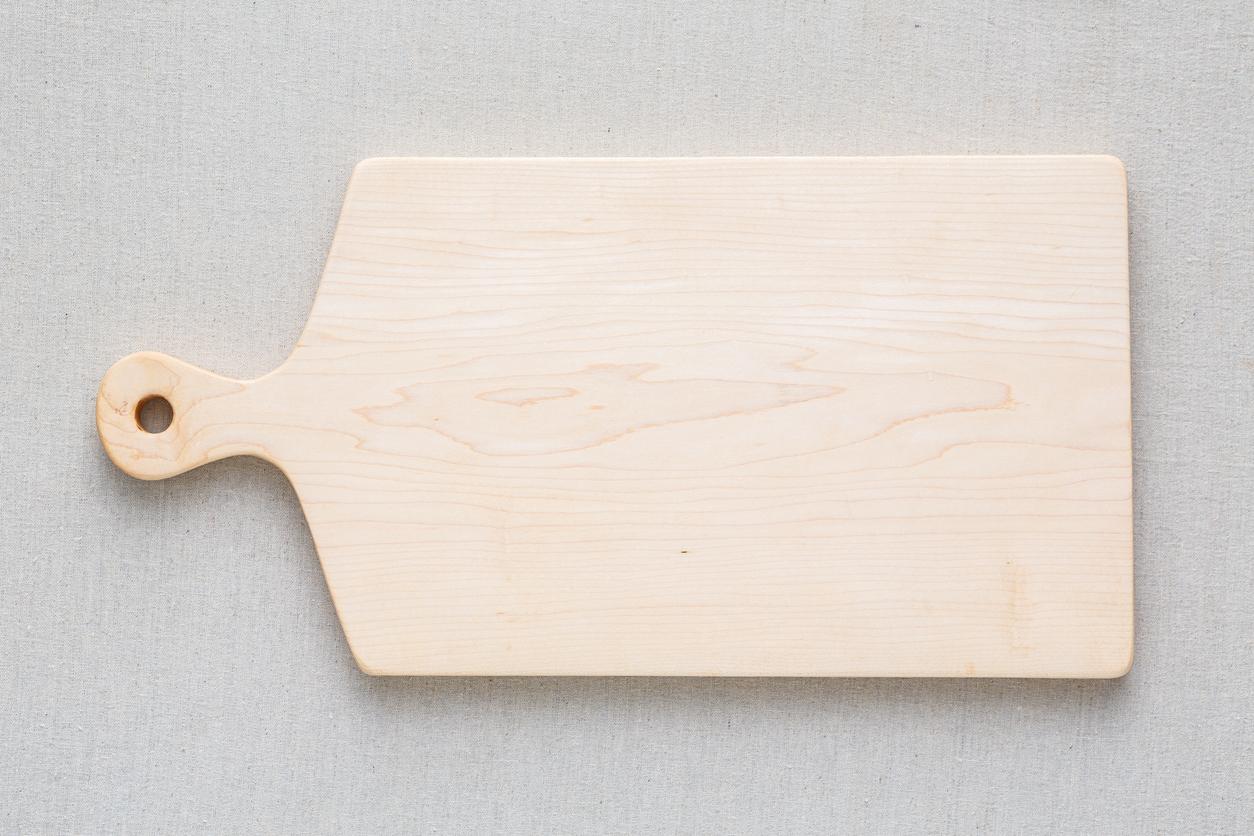
The Ohio-based hardwood manufacturing company Baird Brothers considers maple the best wood to choose for cutting boards. Though hard maple wood is said to be resistant to scratches and ranks just behind Brazillian cherry and hickory on the Janka scale of hardwood ratings, it is still soft enough that it won't dull your knife blades over a prolonged period.
Of course, the cutting board grain varies depending on factors like brand and intended usage, but I often find maple cutting boards to be among the plainest and least aesthetically pleasing of wooden cutting board options.
Cherry wood cutting boards are among the most aesthetically pleasing choices.
The brilliant red coloring of cherry wood cutting boards are attractive to many consumers. According to Virginia Boys Kitchens, the wood is gentle enough not to dull cutting knives and doesn't require much maintenance or treatment to maintain its quality.
However, while the softness of the wood is a boon to the long-term sharpness of knives, it also makes this wood one that stains, dents, and blemishes too easily. If you're a big vegetable chopper, this is one wood to avoid.
Michigan-based Holland Bowl Mill agrees that any of walnut, maple, and cherry cutting boards are the best choices. Still, there may be better, more sustainable options.
Bamboo cutting boards are an amazing choice with sustainability in mind.
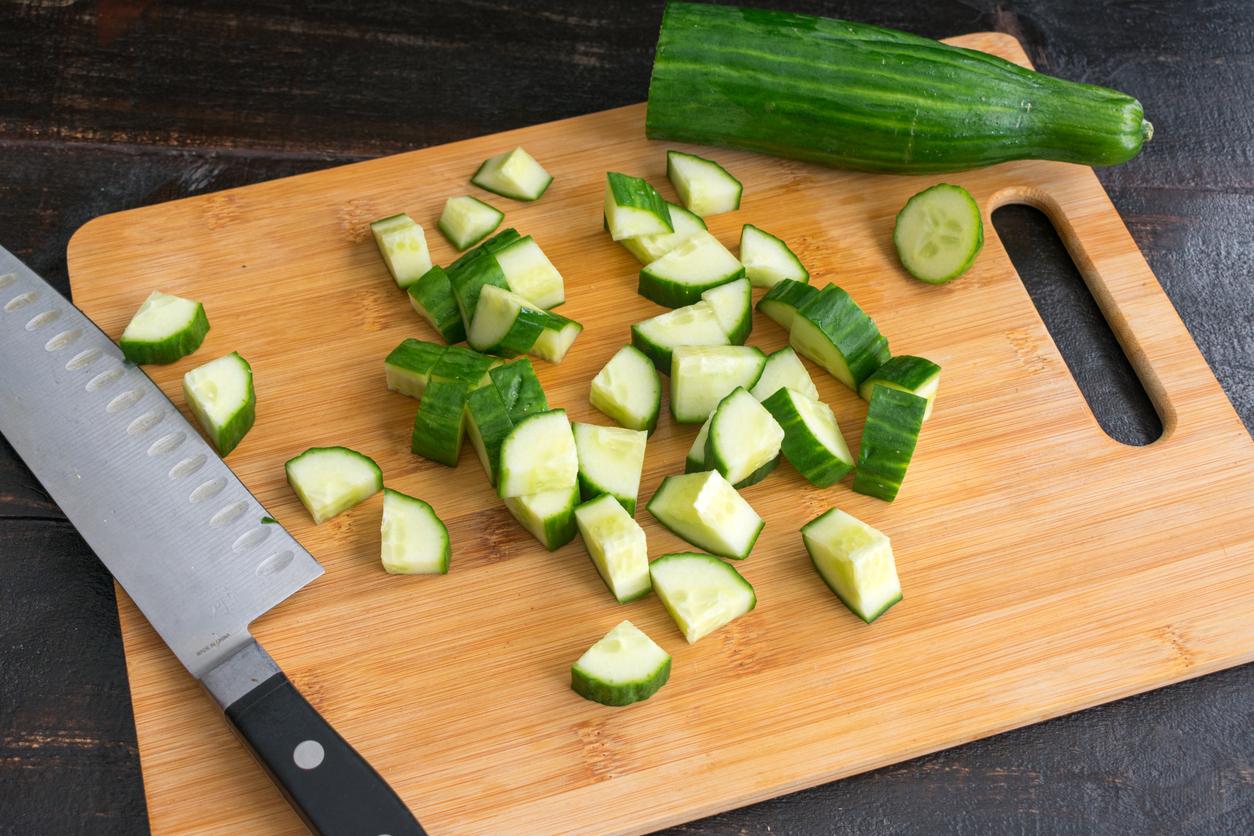
Calling bamboo a type of wood is a misnomer; as knifemaker Chef's Vision clarifies, bamboo is actually a grass and can be harder than a traditional wooden cutting board. Bamboo is an eco-friendly choice, and according to Chef's Vision, bamboo cutting boards are typically inexpensive, durable, protect your knives despite long-term use, and typically do not warp.
Unfortunately, there are some drawbacks to bamboo cutting boards for inexperienced chefs and those who aren'tinterested in a cutting board that requires maintenance. Bamboo is a porous material and, if not properly cared for, can be a breeding ground for bacteria. Additionally, it may splinter more quickly than traditional wooden cutting boards.
A cutting board made from teak wood is less expensive and less work to maintain.
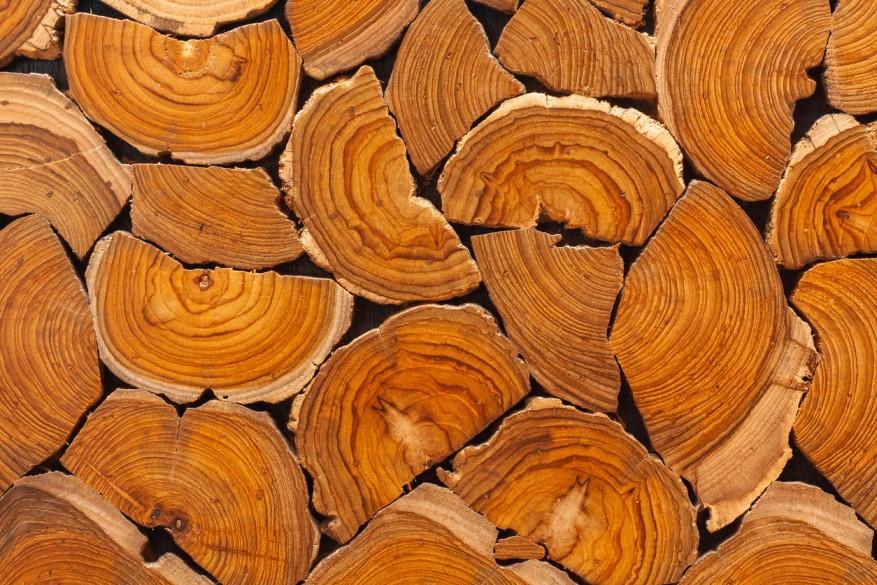
You may recognize teak wood due to its ubiquity amongst patio furniture and other home goods. According to The Mindful Fork, teak wood makes for great cutting board material because its oil retention properties aid it from warping.
It's an unfussy wood that requires less maintenance, though it does have the potential to dull the knives upon which vegetables are cut over time.